World Heart Day: 14 curiosities about the heart to explain to children
We humans are, by spacing distances, like a car: we can function thanks to an engine that, in turn, works because substances are administered that give it energy. In the human body, the heart is the engine, and the substances are the nutrients that we take. At world day of the heart, we tell you 14 curiosities that you probably did not know about this muscle so you can tell them to your children.
The heart is a bomb that, with its driving action, provides the necessary force for the blood and the substance that it carries to circulate properly through the veins and arteries, as explained in the Heart Foundation.
In this way, in each heartbeat, our heart expels a certain amount of blood towards the thickest artery (the aorta) and, by successive ramifications that leave that artery, the blood reaches the whole organism.
All this procedure begins to learn in the years of Primary, the learning being much deeper as the years go by and the children get older. With everything, teaching the little curiosities about the human body is very positive because it will generate curiosity to continue learning about it, thus encouraging their desire to learn. With this objective, we tell you 14 curiosities about the heart that you may not know.
14 curiosities about the heart
1- The heart is a muscle the size of a fist. But not all hearts are the same: they are the size of each one's fist.
2- Through the heart passes the blood, which circulates throughout the body, because it has the mission of pumping blood.
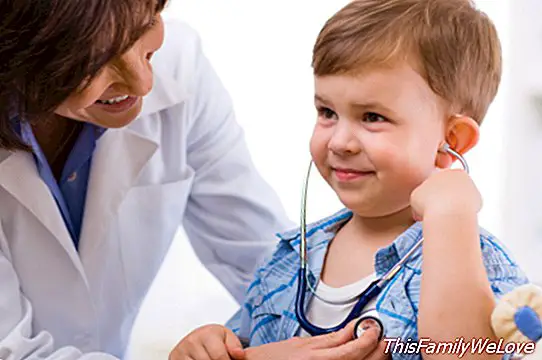
3- Its real sound is something similar to "ducta-duc", sound that occurs when closing the valves.
4- If an adult heart were connected to a truck-tank with an 8000-liter tank, it could be filled in a single day.

5- The heart drives 80 milliliters of blood per beat, which would be equivalent to a crop of water.
6- The heart of the human being beats between 50 and 100 times per minute.
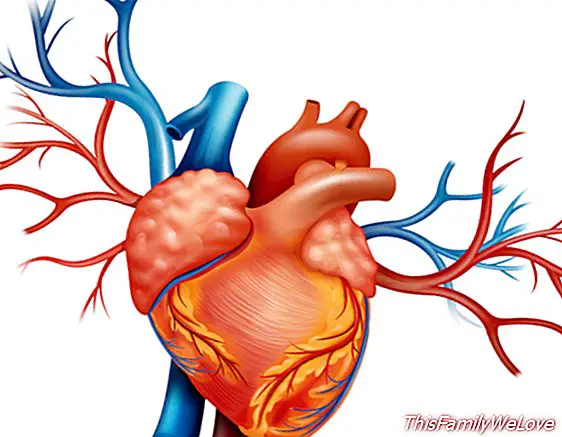
7- The heart beats more than 30 million times a year and 2,000 million times in a lifetime.
8- The first heart transplant was performed on December 3, 1967 by the South African surgeon Christian Barnard to the shopkeeper Lois Washkansky.
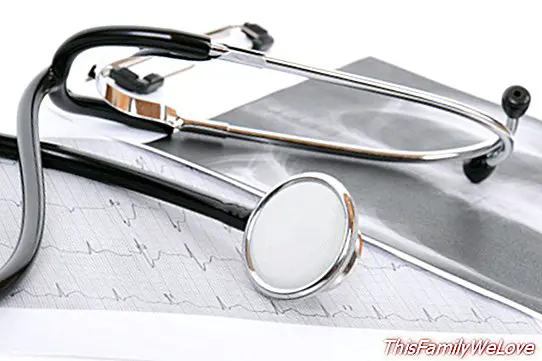
9- The longest survival of a transplanted heart was 22 years, 10 months and 24 days.
10- When we exercise, we breathe more times, the heart beats faster and the blood therefore runs faster through our body.
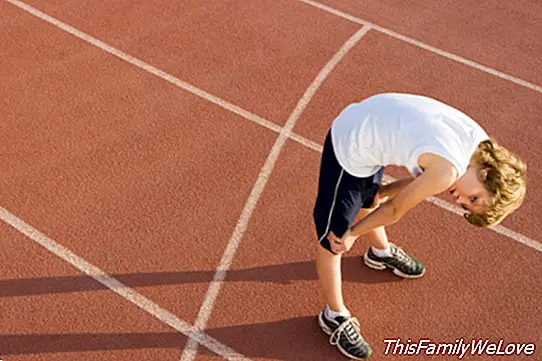
11- The thickest artery is the aorta, which measures 2.5 cm in diameter.
12- The thickest vein is the cava, also with 2.5 cm.
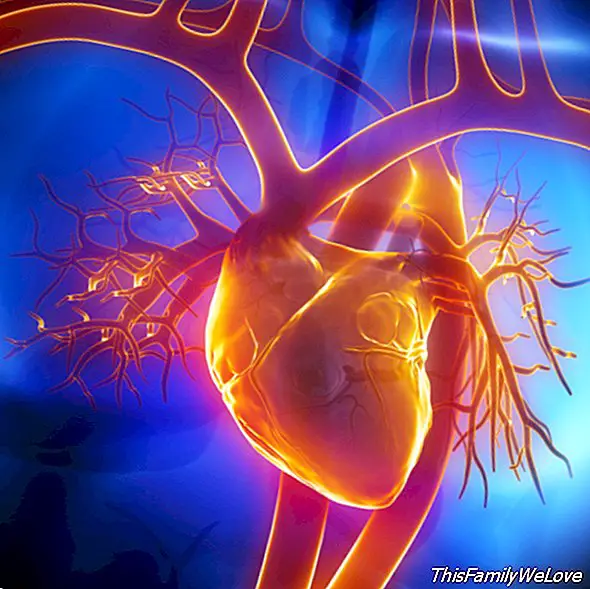
13- The right lung is larger than the left; This must leave room for the heart.
14- Newborns are calmed by hearing the sound of the heart.

Angela R. Bonachera
It may interest you:
- How to take care of children's hearts
- A breath in the hearts of children
- Caring for the heart, a matter of education




